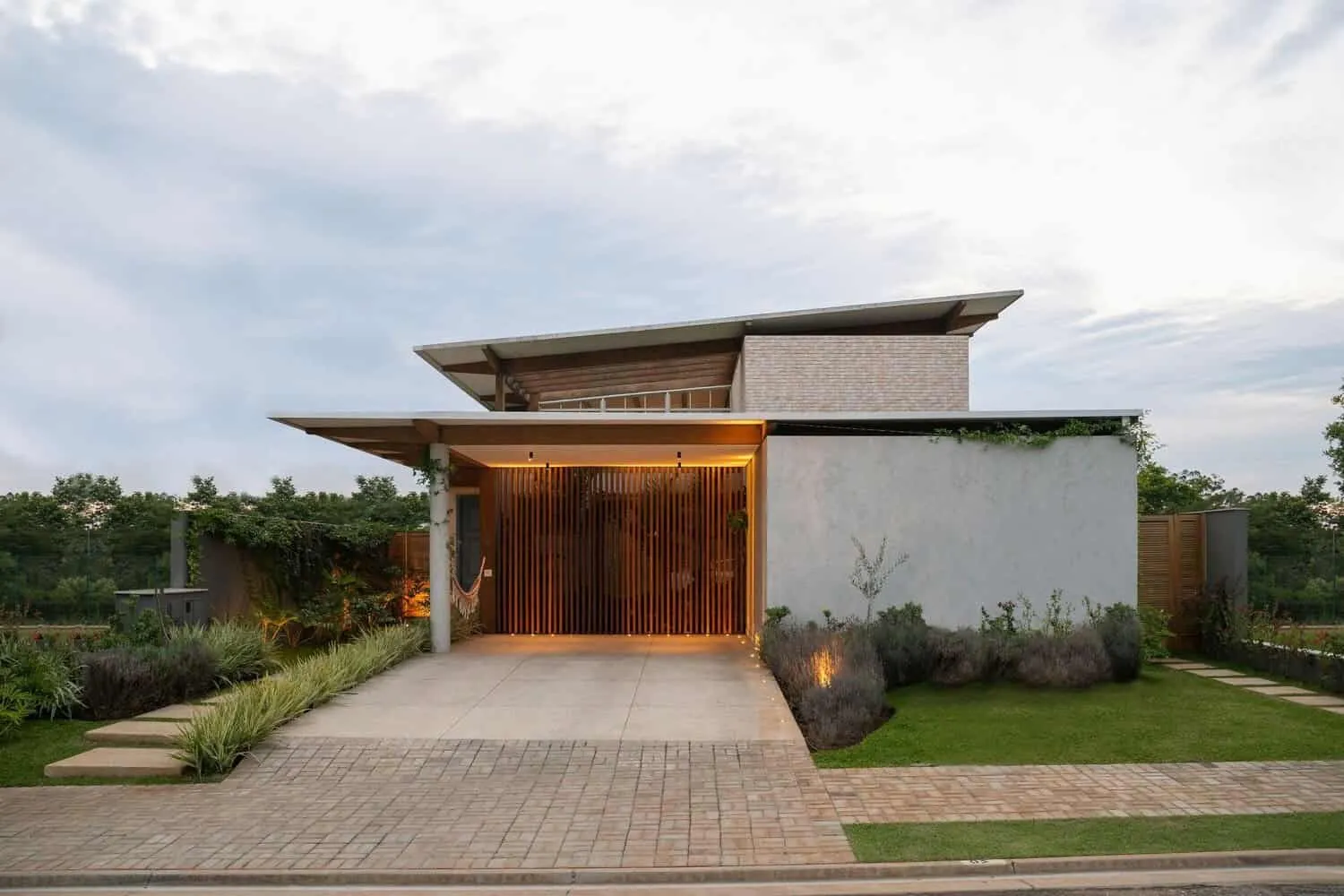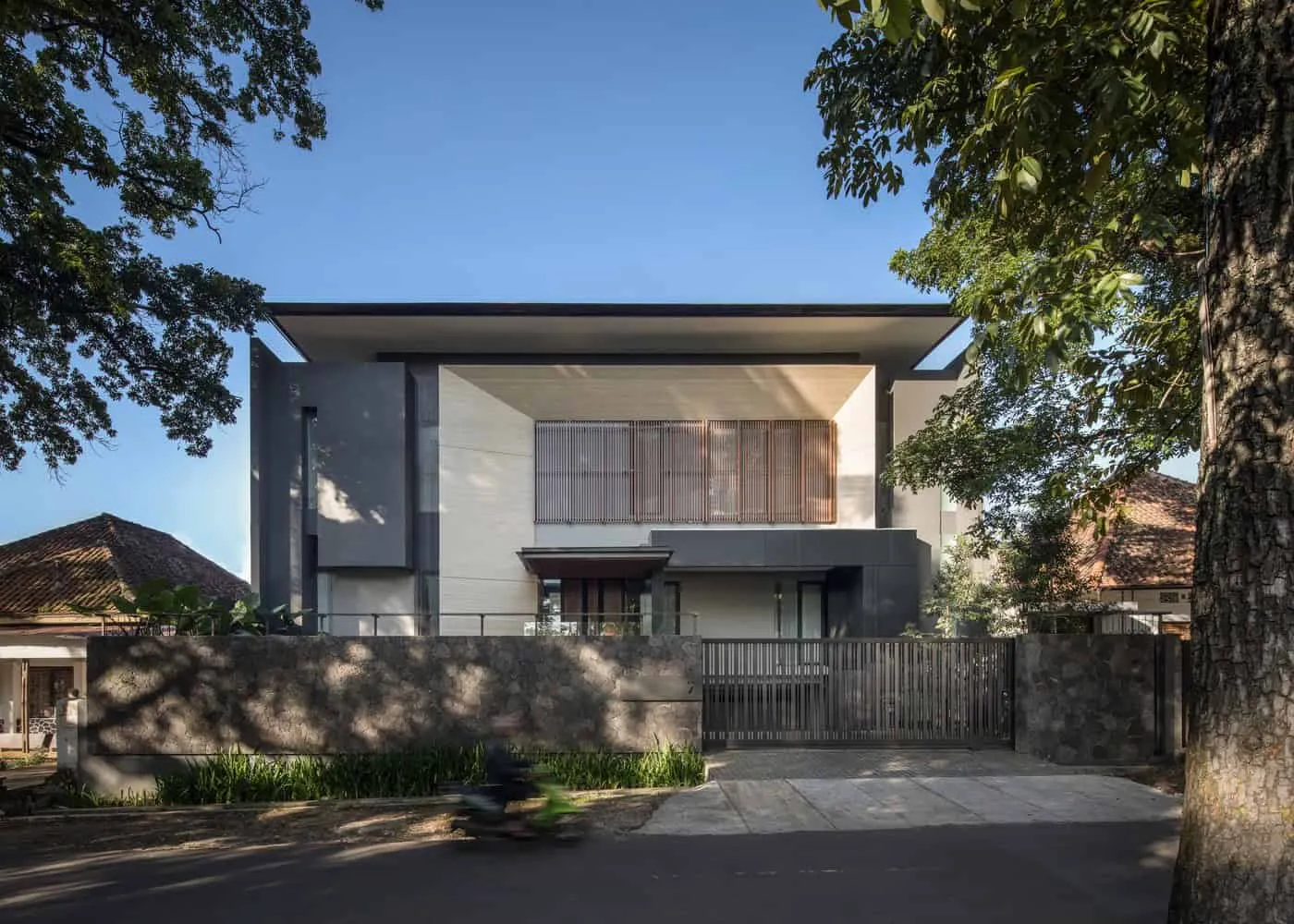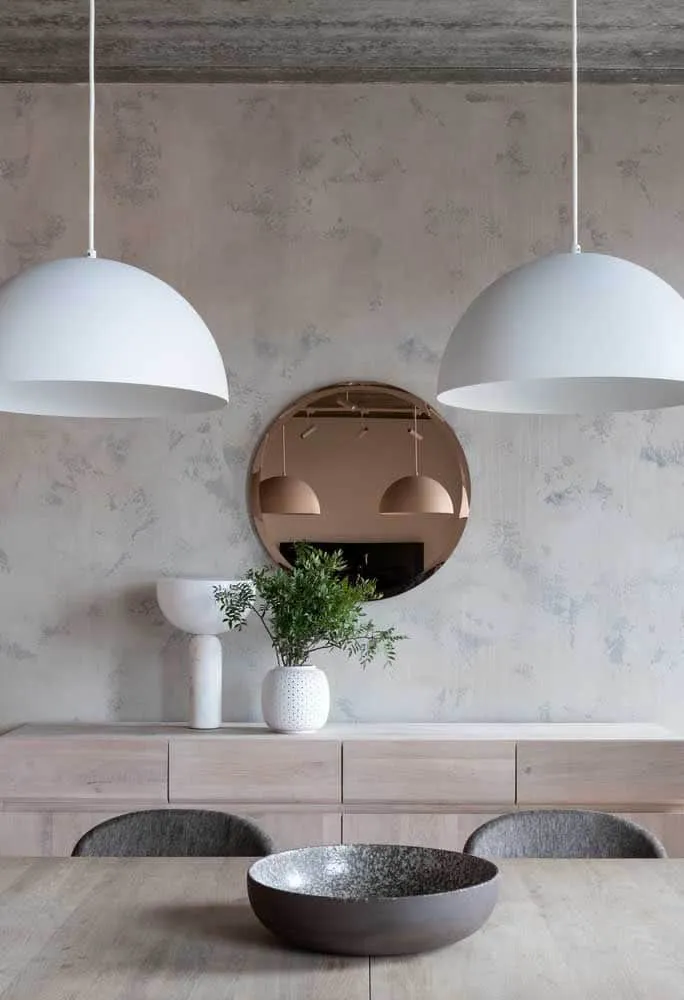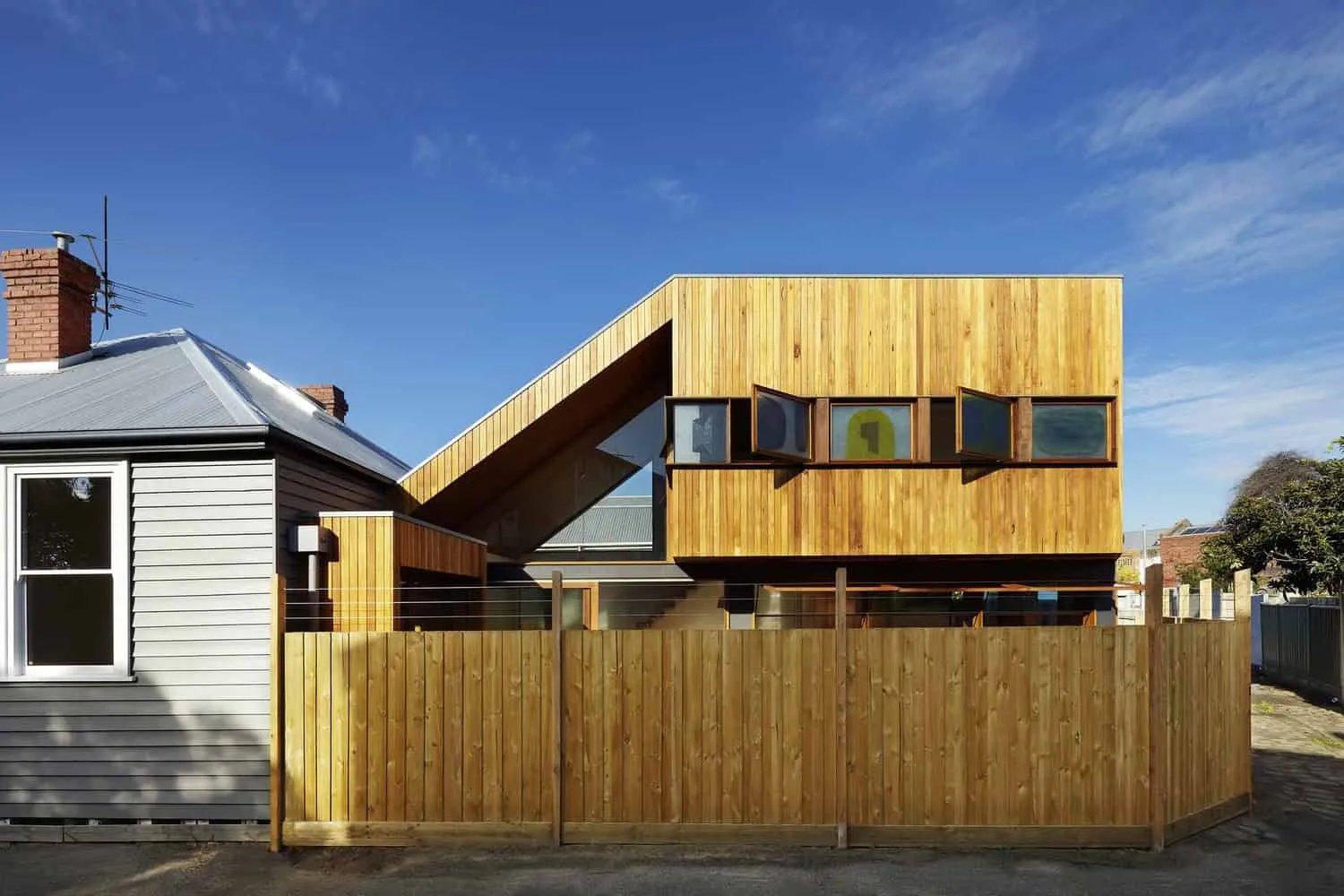There can be your advertisement
300x150
Forest Patio Houses by wUrck in Cees, Netherlands
Project: Forest Patio Houses
Architects: wUrck
Location: Cees, Netherlands
Area: 19,697 sq ft
Year: 2021
Photography: Rob van Esh
Forest Patio Houses by wUrck
wUrck completed the design of Forest Patio Houses in Cees, a small Dutch town between Utrecht and Amersfoort. With nearly 20,000 square feet of interior space, this project transforms eleven outdated apartment buildings into modern living spaces with minimalist interiors that make maximum use of the forest surroundings.
Life in Nature
The Kerkebos area in Cees (a Dutch town between Utrecht and Amersfoort) is undergoing radical changes. Eleven outdated, uniform apartment buildings in the forest are being replaced by an entirely new district plan based on the 'Scheveningen Model'—a model of intersecting 'wedges', alternating forest cover and paths where new buildings of various residential types are constructed. Together with residents, business owners, and public interest organizations, the development company WOM Kerkebos developed an integrated district plan. In collaboration with WOM, wUrck prepared detailed plans for the entire area, including designing public spaces for the wedge-shaped forest paths, infrastructure, and natural zones between them.
In 2018, MOD Invest asked wUrck to design universal living spaces suitable for different ages in one of the 'scheveningen'. The sustainable villas were built by BouwXS and handed over to owners in 2021.
Bent Layout
Grouped in threes, the villas wind through the forest, taking existing trees into account. They look like dark brick monoliths carefully integrated into the landscape. The villas are located on the edge of the district. They feature a relatively enclosed front facade facing the existing apartment buildings behind them. On the opposite side, the villas fully open up to the characteristic Utrecht landscape and sunlight.
Patio
Carefully integrated into the forest, wUrck chose spacious 'patio terraces' instead of private gardens. The patio terraces are partially built into the villa volume and positioned above natural ground level. This solution creates privacy without isolation. Users of the terraces can sit outdoors, protected from prying eyes, and enjoy beautiful diagonal views of the landscape. Relations with the environment are maximized.
The patio is the heart of the villa: all main living spaces are arranged around it. The upper floor adds a vertical accent to each villa, making it recognizable in relation to neighbors and ensuring patio privacy within the context of higher apartment buildings at the back. Most importantly, the upper floor offers a higher vantage point to enjoy the Utrecht landscape anew.
Open Character
The main elements of the villas are glazed southwest facades facing the forest. Their thin minimalist frames, embedded in floor and ceiling, maximize transparency and enhance the feeling of living directly within the forest. Each villa features a frame with moveable panels for individual control over privacy and access to sunlight.
Brick Sculpture
The horizontally laid villa volumes are strengthened by stretched bricks, laid in courses with deeply embedded horizontal joints. Vertical joints are entirely absent. Two different types of bricks, differing in color and placement, decorate the facade and highlight entrance points and other openings. The dark-colored, partially glazed bricks are modest and allow trees to dominate the overall perception. The result is a solid and humble composition with timeless ambition.
Universal Living Spaces
The villa typology responds to the need for spacious living spaces on the first floor with generous private street space, but without garden maintenance concerns. There are three types of villas, sized 187, 204 and 214 square meters respectively. Living spaces are organized on the first floor around the patio to accommodate age-related needs. wUrck developed various space arrangements, anticipating future owner needs as they age or change lifestyle.
–wUrck
More articles:
 Faro di Capofaro: Lighting Restored by MAB Arquitectura
Faro di Capofaro: Lighting Restored by MAB Arquitectura Ideas for Fake Fireplaces to Add Warmth to Your Living Space
Ideas for Fake Fireplaces to Add Warmth to Your Living Space Favre Ridge by Fuse Architecture in Santa Cruz, California
Favre Ridge by Fuse Architecture in Santa Cruz, California House F+C | Michel Perlini | Verona, Italy
House F+C | Michel Perlini | Verona, Italy Residential House FC Residence by F:Poles Arquitetura in Vitória Rantim, Brazil
Residential House FC Residence by F:Poles Arquitetura in Vitória Rantim, Brazil FE House by Rakta Studio in Bandung, Indonesia
FE House by Rakta Studio in Bandung, Indonesia Features and Tips for Minimalism in Interior Design
Features and Tips for Minimalism in Interior Design House on Fenwick Street by Julie Firkin Architects in Clifton Hill, Australia
House on Fenwick Street by Julie Firkin Architects in Clifton Hill, Australia